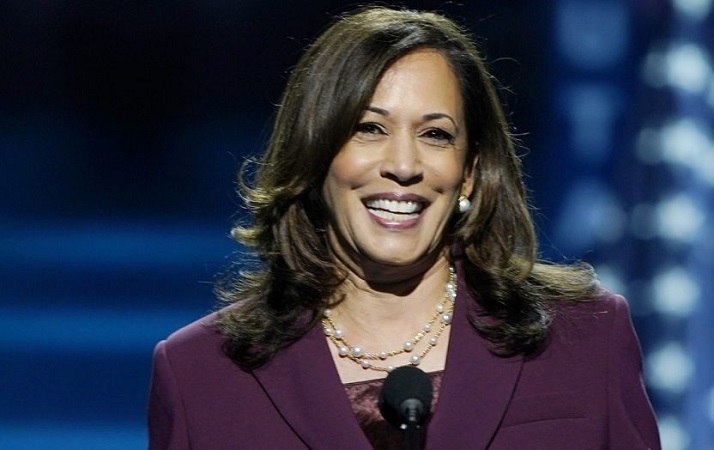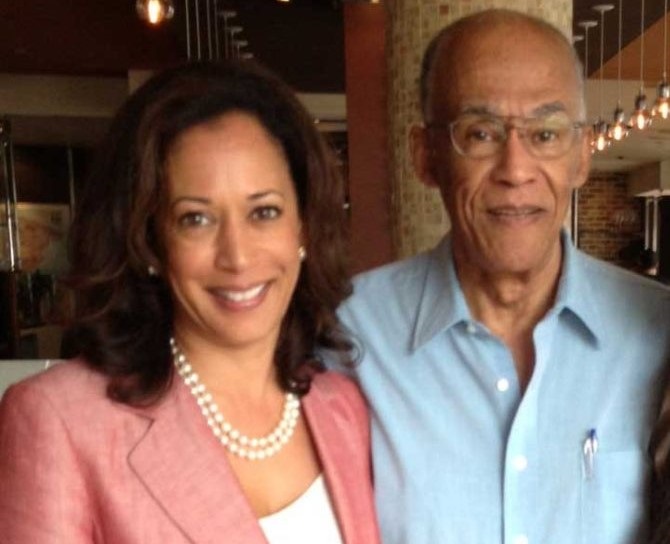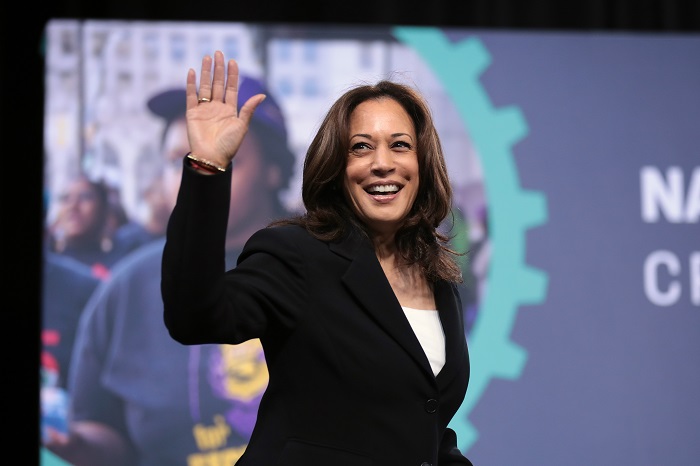One name becoming more popular while the US President election campaigns speeds up is Kamala Devi Harris. This Vice President nominee, with Joe Biden in the 2020 election is half Jamaican and half Indian. Her origin itself is her perfect message to the US and the world that race isn’t a black or white issue and there are grey areas in our understanding of identity.
It has been two decades since the US Census Bureau allowed people to self-identify with more than one race when completing their census form. Back in 2015, a Pew Research Centre survey estimated that 6.9 per cent of America’s population was multi-racial. In 2008, the US got its first multi-racial president in Barack Obama, son of a white woman from Kansas and a black man from Kenya. And yet, it is Ms Harris who is seen to embody an explicitly multi-racial reality.
One might well wonder why and what it says about America. A couple of things at the outset. First, Americans, like much of the world, want to be able to easily label people by race.

Mr Obama’s black-white parentage meant he was automatically classified as “black” in the eyes of Americans, even though he is half-white. This was in line with the so-called “one-drop rule,” a social mechanism that once had legal status in some American states and which regards anyone with a trace of African ancestry as black.
But Ms Harris represents a conundrum because her heritage is Indian and Caribbean. Like Mr Obama, she could be labelled black under the one-drop rule and she has, in fact, long been seen as, and self-identified as a black woman.
However, the historic nature of her nomination for vice-president has thrown the Indian-American half of her identity into the foreground, not least her name (Kamala, meaning lotus in Hindi and Devi, meaning goddess), the strength of her ties to family in India, her memories of the Indian meals at home and her rudimentary knowledge of Tamil.
To worsen things, Ms Kamala holds her birth certificate of the year 1964 from Oakland, California. It records her mother, Shyamala Gopalan’s “colour or race” as Caucasian, the only option available to Indian-Americans at the time.

In itself, Ms Harris’s birth certificate illustrates the rigid black-white binary that has long structured much of the discussion around identity in the US, as well as the country’s political and social policy.
Unlike Mr Obama, whose first memoir documented his agonizing quest for identity, Ms Harris has always denied any soul-searching over issues of race, ethnicity and how to categorize herself. The dissonance between the two is odd because both belong to the same generation – at 55, Ms Harris is just four years younger than Mr Obama.
Ms. Harris could recall her first public appearance back in 2000, where she had struggled for having to define herself in a way that fits neatly into the compartment defined by others. But she retorted, “My point was: I am who I am. I’m good with it. You might need to figure it out, but I’m fine with it.”
Meanwhile racial identity is a bone of contention outside US too. This was evident when Meghan Markle became the first multi-racial woman to join the British royal family. The British press saw Ms Markle as black; she described herself as bi-racial, stressing both the black and white halves of her heritage.




![The Top & Most Popular Seafood Bucket Restaurants in Dubai for you [Never Miss]](https://uae24x7.com/wp-content/uploads/2020/09/8-seafood-in-a-bucket-scaled-e1600739237403.jpg)
![Procedures for Renewing the Driving License in Abu Dhabi [3 Simple Steps]](https://uae24x7.com/wp-content/uploads/2020/07/Capture-9-e1595666454466.jpg)





